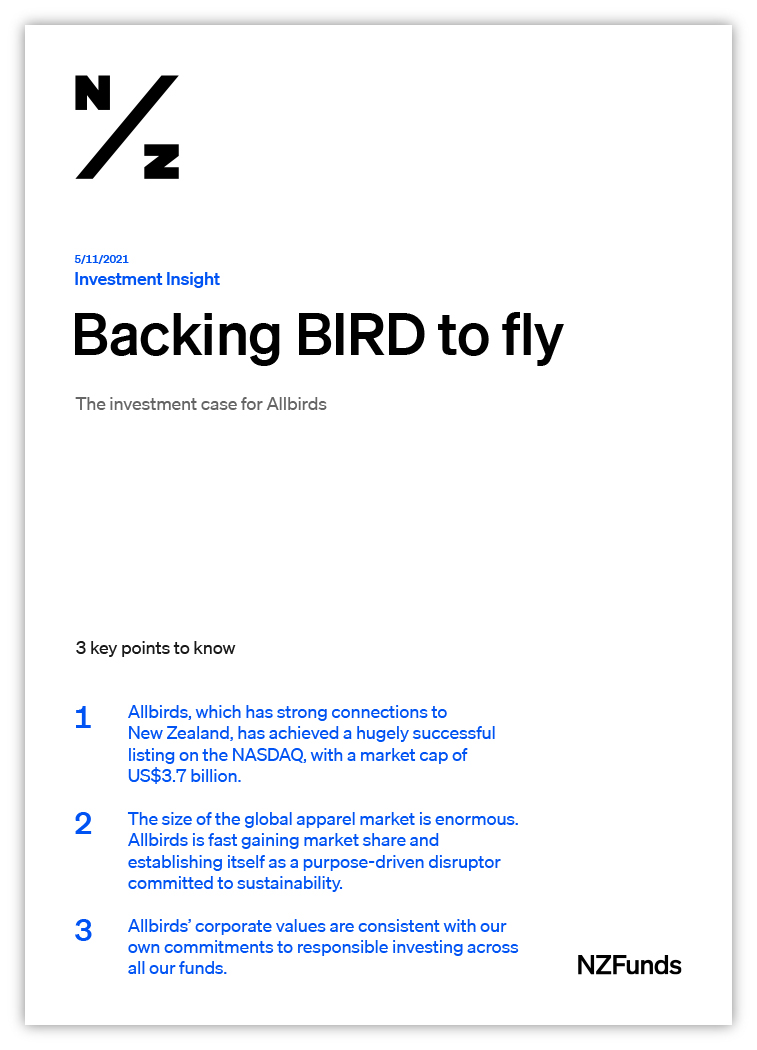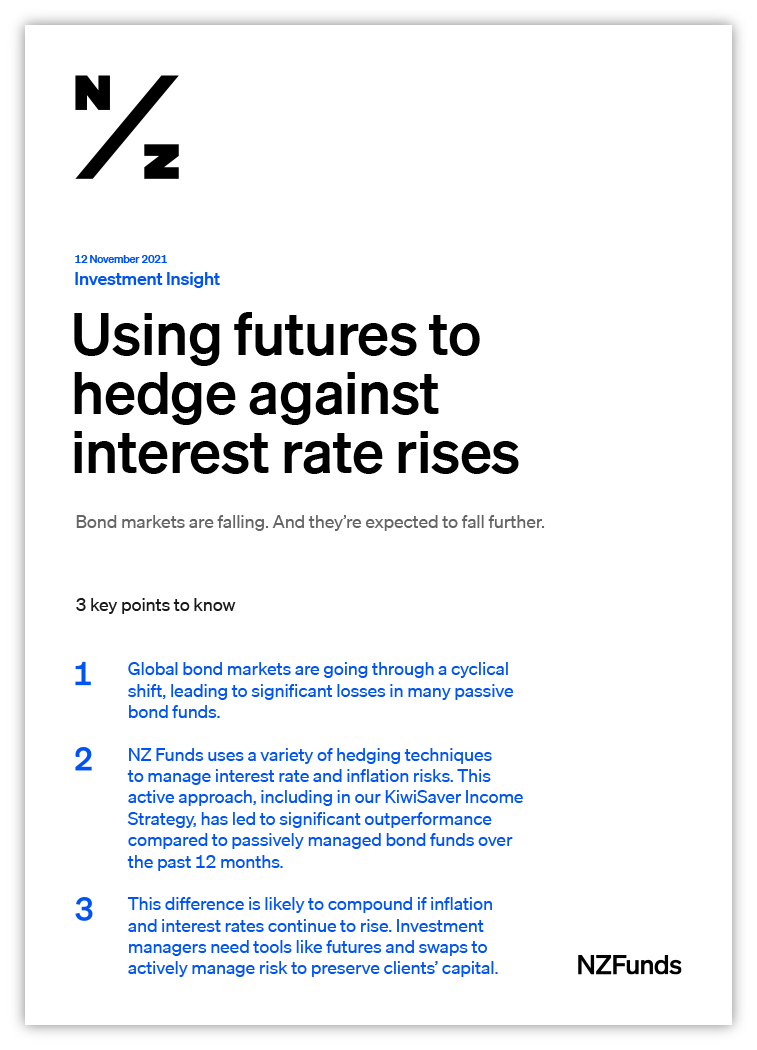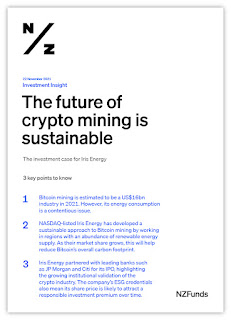Signs of a Sharemarket Bubble
It is difficult to avoid the
commercialisation of a modern Christmas. There are of course many positive aspects
to Christmas; for those with Christian beliefs the fundamental “reason for the
season” is reason enough. For those whose
beliefs might be different, the tradition of gift giving provides the
opportunity to think of others and what they might value.
For one of our family, who
is about to embark on travel in South America, we thought that a book by Chris
Ryan titled “How to stay safe in a dangerous world” would be appropriate.
When traveling, Ryan advocates remaining vigilant about your surroundings and aware of possible threats. Most importantly he encourages his readers to develop strategies to deal with the unexpected. He also notes that sometimes the safest course of action can feel counterintuitive. Much of his advice seems common sense, but I guess the interesting thing about common sense is that sometimes it only appears “common” in retrospect.
When traveling, Ryan advocates remaining vigilant about your surroundings and aware of possible threats. Most importantly he encourages his readers to develop strategies to deal with the unexpected. He also notes that sometimes the safest course of action can feel counterintuitive. Much of his advice seems common sense, but I guess the interesting thing about common sense is that sometimes it only appears “common” in retrospect.
In June of 2016 this
column looked at asset bubbles – times when financial assets become priced well
beyond their fundamental worth. At that time,
I used the NZ property markets as an example to highlight the “markers” of
bubble formation. As we move towards the
end of the 2017 with both domestic and US share markets at, or near, all-time
highs it is worth asking the question; are we experiencing a share market
bubble? And if so, what can we do about
it?
My June 2016 column stepped
through a check list of characteristics that can signify a bubble in the
making. One of those markers was when a
market is driven to record highs by a relatively small number of participants.
For the year ended
November the S & P 500 (the index that covers the United States’ 500
largest companies) grew by 20.5%. A key
contributor to this performance was the technology sector which grew by 38.8% and,
within that sector, the return was driven primarily by just six shares
(Facebook, Apple, Amazon, Microsoft, Netflix and Google).
The situation is further exacerbated by the fact that the average P/E (price to earnings) ratio of these companies is around 96 times. A more normal P/E ratio would be in the 15 to 20 range. Clearly investors are expecting the earning of these companies to grow rapidly, but at a P/E ratio of 96 these shares are “priced to perfection”. In the event of any form of negative news these shares could prove quite volatile.
The situation is not too
different in the New Zealand share market. From January to the end of November the
NZX50 index increased by 19.0%. However, just two shares (Xero & A2 Milk) contributed
disproportionally with increases of 82.9% and 295.7% respectively.
So, if you believe this interpretation, and agree that a bubble could be emerging, what do you do with the knowledge? Here’s what I’m doing for my clients:
So, if you believe this interpretation, and agree that a bubble could be emerging, what do you do with the knowledge? Here’s what I’m doing for my clients:
- I ensure that their portfolios have a mix of assets that reflects their personal attitude to risk and is also appropriate for their age. The young, who are accruing wealth, can weather downturns much better than older clients that may be drawing down on their capital.
- For retired clients I ensure that their income needs for the next 5 years are held in assets that are unlikely to be directly impacted by share market volatility.
- I maintain an appropriate exposure to shares but ensure that it includes well diversified exposure to Australasian and global shares.
- I tend to favour managers that follow a “value” approach i.e. buying shares that have a proven business model and dividend stream. I am cautious about exposure to index funds and exchange traded funds (ETF’s). While they can provide low cost exposure to share markets, by their nature they can also generate disproportionate exposure to the very companies that I am concerned about at this time.
And I encourage my
clients to live life and not “sweat the small stuff”!
Wishing you all a happy
and a not too volatile Christmas.
Peter Ashworth is a Principal
of New Zealand Funds Management Limited, and is an Authorised Financial Adviser
based in Dunedin. The opinions expressed in this column are his own and not
necessarily that of his employer. His disclosure statements are available on
request and free of charge.
First published in the
Otago Daily Times in December 2017



